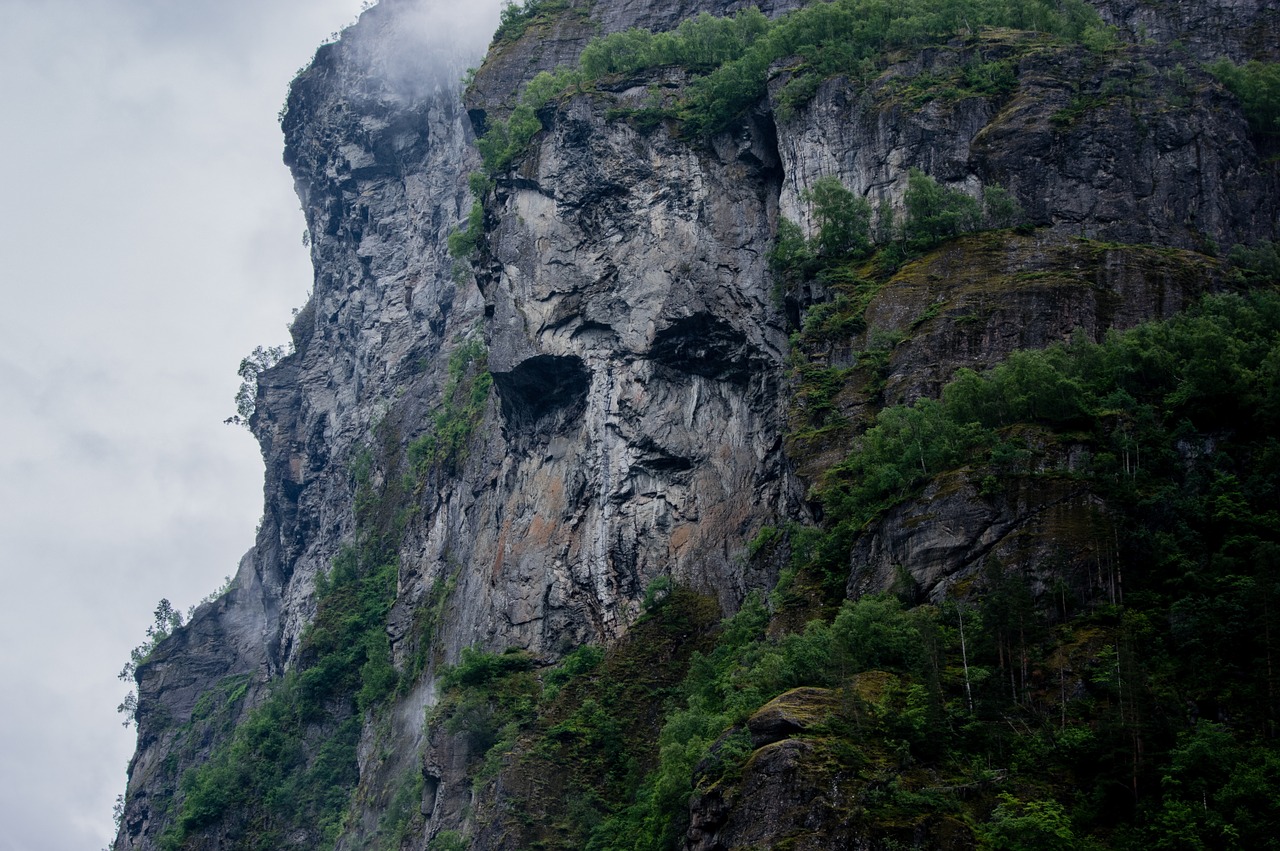For more than two decades, the disappearance of the Kowalsski family haunted the Tatra Mountains in southern Poland. On June 21, 1998, Peter Kowalsski, 42, his wife Anna, 39, and their children Mark, 14, and Lisa, 12, set out on what was intended to be a three-day wilderness expedition. The family were experienced hikers, well-prepared for the notoriously challenging terrain, and had planned their route carefully.
However, when they failed to return as scheduled, a search and rescue operation was immediately launched. Over the following weeks, authorities combed the region, but no trace of the Kowalsskis was found. Their disappearance quickly became one of the most enduring mysteries in Polish mountaineering history, leaving friends, neighbors, and the public grappling with unanswered questions.
A Case That Baffled Experts
The Kowalsskis were not strangers to outdoor adventures. Peter and Anna had hiked extensively throughout Europe, and their children were trained in safety procedures and wilderness survival. Search teams initially suspected an accident—perhaps a fall on a rocky incline, sudden weather changes, or even an avalanche.
Despite numerous expeditions and amateur searches in the years following the disappearance, no evidence emerged. Some speculated they had succumbed to hypothermia, while others theorized they had wandered off the marked trails and perished in a hidden ravine. The Tatra Mountains, while breathtakingly beautiful, are notorious for sudden storms, treacherous cliffs, and dense forests, which could conceal even the largest search parties.
The Accidental Discovery
It wasn’t until 2021—23 years after the Kowalsskis vanished—that the mystery took a chilling turn. A group of technical climbers tackling a remote section of the mountains stumbled upon a partially collapsed cave that had been hidden from view. Drawn by unusual markings and evidence of human activity, the climbers immediately contacted local authorities.
Within hours, a special investigation team was dispatched, accompanied by K-9 units trained in human scent tracking. The dogs reacted strongly to certain areas within the cave, leading investigators deeper into the hidden crevice. The initial assumption that the cave might hold relics of long-forgotten hikers quickly turned into a terrifying realization: this was no ordinary missing persons case.

The Terrifying Truth
Inside the cave, investigators uncovered well-preserved personal items, including backpacks, hiking boots, and fragments of camping equipment identifiable as belonging to the Kowalsski family. More disturbingly, signs suggested that the family had sought shelter in the cave for an extended period. Evidence indicated that the family may have been trapped or incapacitated, unable to escape the natural hazards surrounding the area.
Investigators noted marks on the rocks that hinted at a struggle, as well as subtle traces of human presence that could not be explained by natural conditions alone. While officials are withholding full details pending further forensic analysis, insiders describe the findings as “more harrowing than anyone could have imagined”.
Emotional Impact
For the Kowalsski family’s extended relatives, the discovery has been a mixture of closure and heartbreak. “It’s hard to process,” said one relative. “For 23 years, we lived with hope that they might be found. Now we know the truth is far more painful than anyone imagined.”
Local communities have also reacted with shock, remembering the family’s disappearance as a haunting chapter in the Tatra Mountains’ history. Memorials and tributes to the Kowalsskis, once a place for hope, have now become somber reminders of the dangers of the wilderness, no matter how experienced or prepared one might be.

Lessons for Future Hikers
The Kowalsski case underscores the critical importance of preparation, caution, and awareness in mountainous terrain. Even the most skilled hikers are vulnerable to unpredictable weather, hidden ravines, and other natural hazards. Experts emphasize the necessity of leaving detailed itineraries, carrying emergency communication devices, and understanding the local topography.
Authorities are also urging climbers to respect restricted or remote areas and to alert local mountain rescue services if planning expeditions in high-risk zones. This tragic discovery serves as a reminder that nature, while magnificent, can also be unforgiving.
Continuing Investigation
The case is far from closed. Investigators are conducting forensic examinations on the items found, analyzing environmental factors, and reconstructing the final hours of the Kowalsski family. The presence of the K-9 units and technical climbers was crucial in uncovering the cave, demonstrating the value of combining modern technology with traditional investigative methods.
Local authorities have promised a detailed report once all evidence has been processed. Meanwhile, media coverage and public interest have surged, as people continue to grapple with the shocking revelation after more than two decades of uncertainty.
Conclusion
The disappearance of the Kowalsski family remained a haunting mystery for 23 years, captivating both locals and the wider public. What began as a routine hiking expedition ended in tragedy and decades of unanswered questions. The recent discovery by climbers, aided by K-9 units and investigators, has finally revealed a chilling truth—one that is both heartbreaking and terrifying.
As the investigation continues, the Kowalsski case will serve as a solemn reminder of the power and danger of the natural world, and of the enduring human need for answers, closure, and understanding in the face of tragedy.
